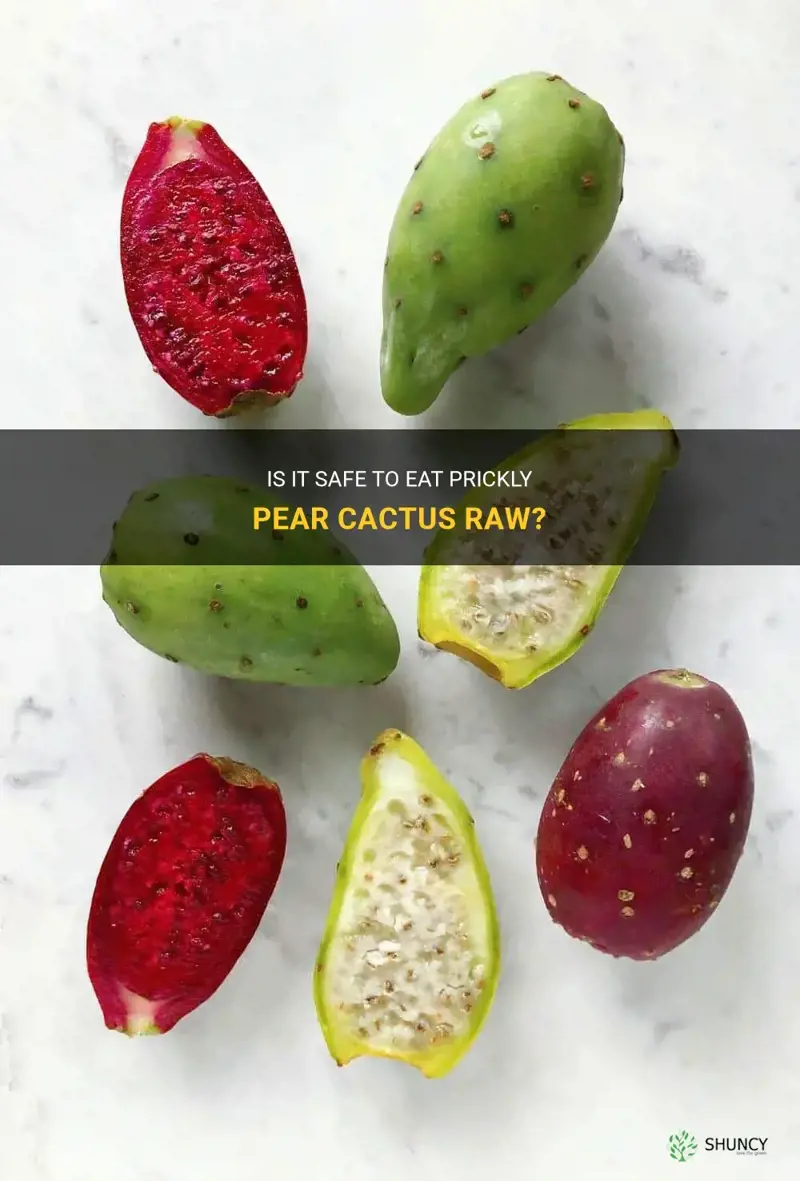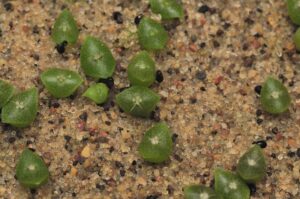Prickly pear cactus, a colorful and exotic member of the cactus family, has captivated taste buds and imaginations alike. Known scientifically as Opuntia, this succulent plant yields vibrant fruits known as prickly pears or tunas. While often prepared in jams, jellies, or salads, the question arises: can you eat prickly pear cactus raw? This guide delves into the culinary delights of consuming prickly pear cactus fresh, unveiling its intriguing characteristics and aesthetic allure.
Aesthetics and Variants of the Prickly Pear
The prickly pear cactus is more than just a source of nutrition; it is a visual spectacle. Its large, flat pads, known as nopales, exhibit a lush green hue, while the fruits flaunt a stunning array of colors ranging from deep magentas to yellows and oranges. This aesthetic diversity invites exploration and appreciation.
Beyond mere visuals, prickly pear comes in varieties that boast distinct flavor profiles. Some fruits have a subtle sweetness with notes reminiscent of watermelon, while others may offer an earthy taste akin to berries. Thus, selecting a prickly pear for consumption can become a delightful endeavor, akin to choosing a fine wine. The visual allure combined with unique tastes makes the prickly pear not just a culinary ingredient but an experience to behold.
Embarking on the Adventure: Harvesting and Preparing Fresh Prickly Pear
Harvesting prickly pear requires a modicum of caution due to the minuscule spines, known as glochids, that can prick the skin. Wearing gloves and using tongs, one can carefully select ripe fruits directly from the cactus. Choosing fruits that are firm, without blemishes, and exhibiting a vibrant coloration is crucial for ensuring optimal flavor and texture.
Once harvested, the preparation phase is essential. To begin, it is indispensable to wash the prickly pears thoroughly. The glochids must be removed, as they are not only irritating but can also lead to discomfort if ingested. Utilizing a sharp knife, slice off both ends of the fruit and gently peel away the skin, revealing the enticing flesh within. Alternatively, a torch or flame can be used to singe off the glochids, creating a more rustic preparation method.
Thereafter, the fruit can be sliced, cubed, or pureed to relish its juicy brilliance. Eating prickly pear raw opens a plethora of culinary possibilities. It can be savored on its own, tossed into salads, or incorporated into vibrant salsas, complementing a variety of dishes.
The Nutrition Profile: A Superfood Surprise
Consuming prickly pear raw not only tantalizes the taste buds but also provides a plethora of health benefits. This cactus fruit is predominantly rich in vitamins C and K, magnesium, and calcium. The high fiber content aids in digestion, making it an excellent choice for those seeking to enhance their gut health.
Moreover, prickly pear is laden with antioxidants, which play a critical role in combatting oxidative stress, potentially reducing the risk of chronic diseases. Its anti-inflammatory properties can alleviate various ailments, turning this humble cactus into a powerhouse of nutrition. The consumption of raw prickly pear is not just an indulgence; it is a conscious choice for a healthier lifestyle, ultimately benefiting physical well-being.
Flavor Fusion: Complementing Prickly Pear in Raw Dishes
While prickly pear can undoubtedly stand on its own, its versatility shines when paired with other ingredients. Consider integrating the succulent flesh into a refreshing salsa, combining diced prickly pear with jalapeños, red onion, cilantro, and a squeeze of lime. The resulting dish delivers a tantalizing balance of fresh and zesty flavors, perfect for summer gatherings.
Furthermore, prickly pear creates an intriguing dimension when blended into smoothies or juices. Mixing its vibrant pulp with coconut water or citrus juices elevates the drink’s aesthetic appeal, producing a beverage that is as visually stimulating as it is thirst-quenching. This agreeable fusion allows for the exploration of new flavors while highlighting prickly pear’s unique qualities.
Safety Considerations: Enjoying Prickly Pear Responsibly
Although raw prickly pear can be enjoyed safely, being mindful of certain precautions is paramount. Individuals with allergies to other fruits or members of the cactus family should approach with caution. Moreover, the sheer amount of fiber can lead to digestive discomfort if consumed in excessive quantities. Therefore, starting with a small amount is advisable for those new to the fruit.
Additionally, sourcing organic prickly pear from reliable vendors ensures that the fruit is free from harmful pesticides or chemicals, making your eating experience not only safe but wholesome.
Transforming Your Culinary Experience: Embracing the Prickly Pear
In conclusion, the prickly pear cactus is not merely a picturesque plant but a delicious and nutritious treasure waiting to be discovered. Its vibrant colors and diverse flavors cultivate curiosity and delight, encouraging culinary experimentation. Consuming prickly pear raw provides a wealth of benefits, enchanting not only the palate but also promoting health. With the right preparation and creative pairing, this remarkable cactus can elevate meals in unexpected ways, leaving an indelible mark on the culinary landscape. So, embrace the allure of prickly pear and let it tantalize your senses!





Leave a Comment